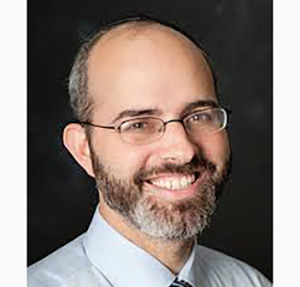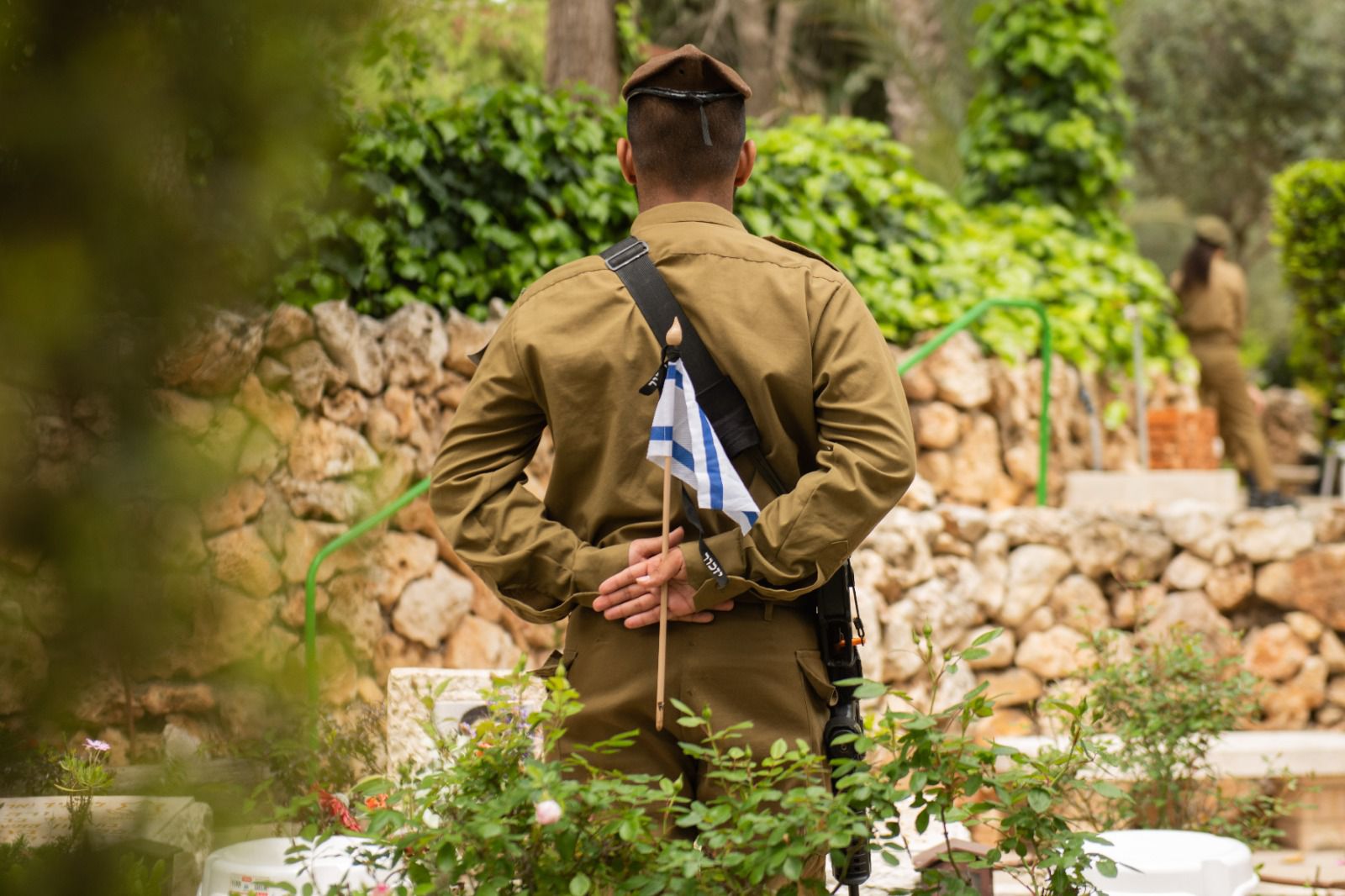
May these words of Torah serve as a merit le’iluy nishmat Menachem Mendel ben Harav Yoel David Balk, a”h.
This week we learned Zevachim 58. These are some highlights.
May we dig under the Temple Mount?
Every sentence in the Talmud is precious. An offhand comment in Gemara Brachot (3a) is utilized by Piskei Teshuva (Chelek Aleph Siman 29) to reject the possibility of digging underneath the Temple Mount. The discussion relates to offering sacrifices in our times.
Around the year 1860, the greatest Jewish legal authorities discussed the proposal of Rav Tzvi Hirsch Kalischer to renew the offering of sacrifices on the Temple Mount. Rambam rules that the Temple Mount is still holy. We can offer sacrifices even though we do not have a Temple built. Rav Kalischer proposed actually getting permission from the Ottoman Turks and renewing the offering of korbanot. Rabbi Akiva Eiger, the teacher of Rav Kalischer, wrote a letter to Rav Kalischer in which he told him it would be impossible to actually renew korbanot. A korban must be offered on the altar. The altar must be in a particular spot. We do not know where on the mountain the altar stood. Even when they built the Second Temple, they needed to have prophets—Chagai, Zecharya, and Malachi—with them to identify the precise location of the altar. Since we do not know the location of makom hamizbei’ach we cannot offer sacrifices.
Rav Kalischer in his Drishat Tzion (hosafah lema’amar kadishin ot zayin) proposed solutions for the problem of identifying the place of the altar. One of his ideas was an archeological dig. Masechet Para (3:3) teaches that the courtyard of the Temple was built atop domes. If a dead body is buried in the ground, the impurity rises. The only way to block the impurity from rising is to build a roof atop the dead body. If there is a tefach of space and then a roof atop it, the impurity cannot continue to rise. The Temple courtyard was built atop domes and arches that were established to block impurity from rising. The altar, though, was different from the rest of the courtyard. The altar was not built atop a dome. The Torah (Shemot 20:20) describes the altar as mizbei’ach adamah—an altar of the earth. Our Gemara derives from this verse that the altar is not built atop domes or tunnels. The altar is to be connected to ground that has not been unearthed and dug up. Our Gemara states that if someone would make a tunnel under the altar, the altar would become pasul and unusable. Rav Kalishcher proposes that a dig underneath the Temple Mount be conducted. We will surely find tunnels and domes. When we hit a spot of earth that has never been moved, we will have hit the spot of the altar. We can then build an altar atop that spot and offer sacrifices.
Piskei Teshuva rejects this proposal. Hashem commanded that we destroy the idols of the nations. He also added (Devarim 12:4) “Lo ta’asun kein laHashem Elokeichem, You may not do so to Hashem your Lord.” We are not allowed to destroy a holy object. Sifrei (Re’eh 9) derives from this verse a prohibition to chip off a stone from the walls of the altar, Temple building or courtyard of the Temple. Gemara Zevachim (24a) teaches that King David consecrated the earth and ground of the Temple Mount all the way down to the depths. It is therefore prohibited to dig under the Temple Mount. That earth is holy. Digging it is akin to chipping a stone off a sacred wall. Rama (Orach Chaim, Siman 122:1) rules that there is no prohibition in chipping a stone off a sacred object if the stone can be returned and the object restored to the way it originally appeared. Perhaps you might suggest that a dig under the mountain be attempted, and once we discover the spot of the altar, we should return all the dirt to its location, and then according to Rama there would be no violation of lo ta’asun kein laHashem Elokeichem. Gemara Brachot’s (3a) comment makes such a suggestion impossible.
Gemara Brachot teaches about the day of King David. He would sleep with a harp over his bed. At chatzot, the northern wind would blow and the harp would play music on its own. David would awaken. He would then immerse himself in study of Torah until the morning. In the morning the elders of Israel would come to see him. They would say, “Our master, the king, your nation Israel is in need of livelihood.” He would respond, “Let them earn livelihood from each other.” They would respond, “The small fistfull cannot satisfy the lion, and a pit is never refilled from its dirt.” Meaning, the Jews cannot earn enough funds to survive from merely doing business with each other. The Gemara’s parable for the weakness of internal economic activity is that when you dig up a pit, if you put that dirt back in the pit will not be full anymore. This teaches us that it is impossible to dig up an area, and then by putting the dirt back restore it to the way it appeared before. Therefore, the leniency of Rama cannot be used to enable an archeological dig under the Temple Mount. The dirt brought back will not restore the area to how it appeared originally. A dig under the Temple Mount would therefore be like chipping a stone off the Temple wall without restoring it, and it would be a violation of Lo ta’asun kein laHashem Elokeichem. (Mesivta Brachot 3a)
By Rabbi Zev Reichman
Rabbi Zev Reichman teaches Daf Yomi in his shul, East Hill Synagogue.












